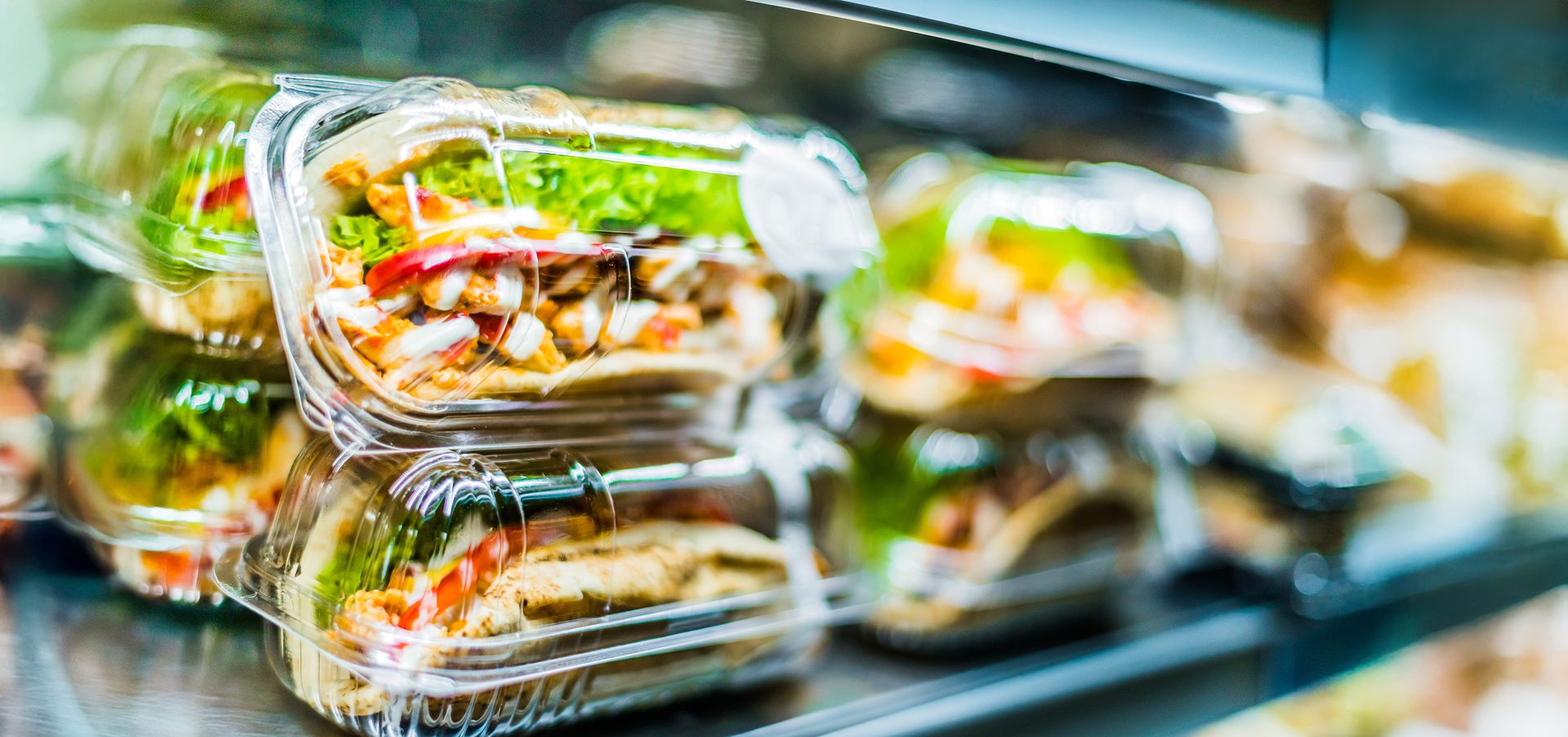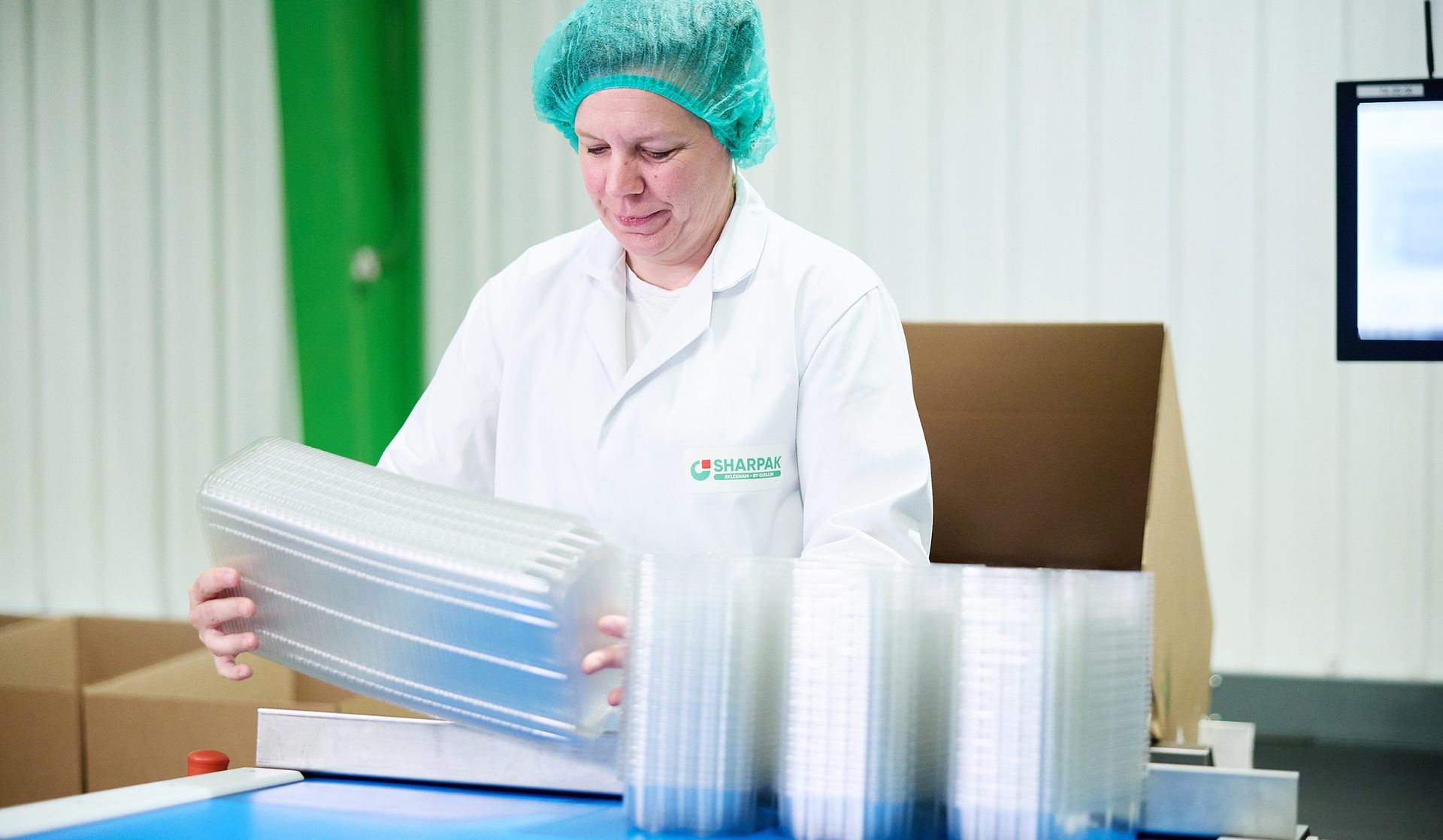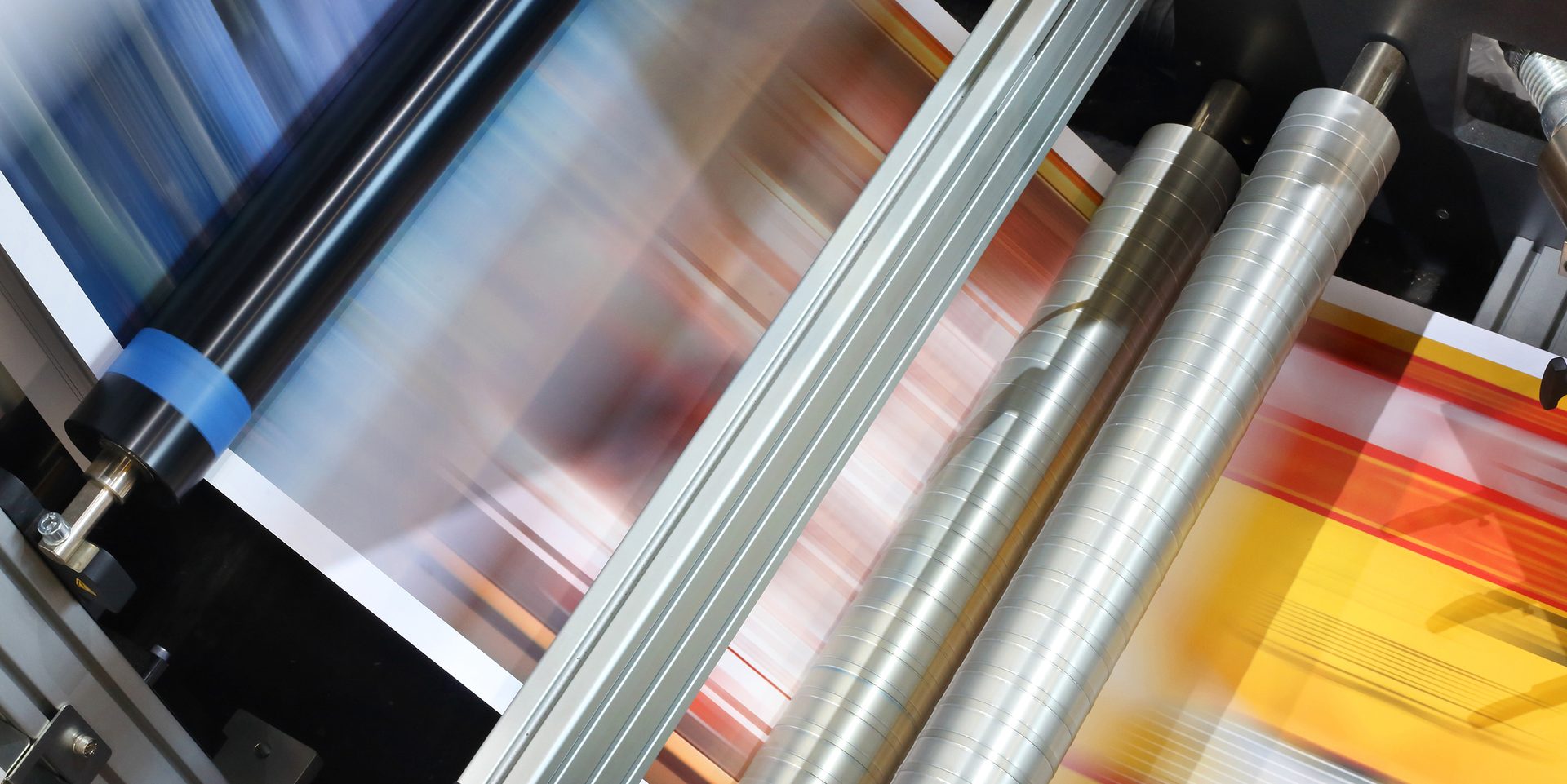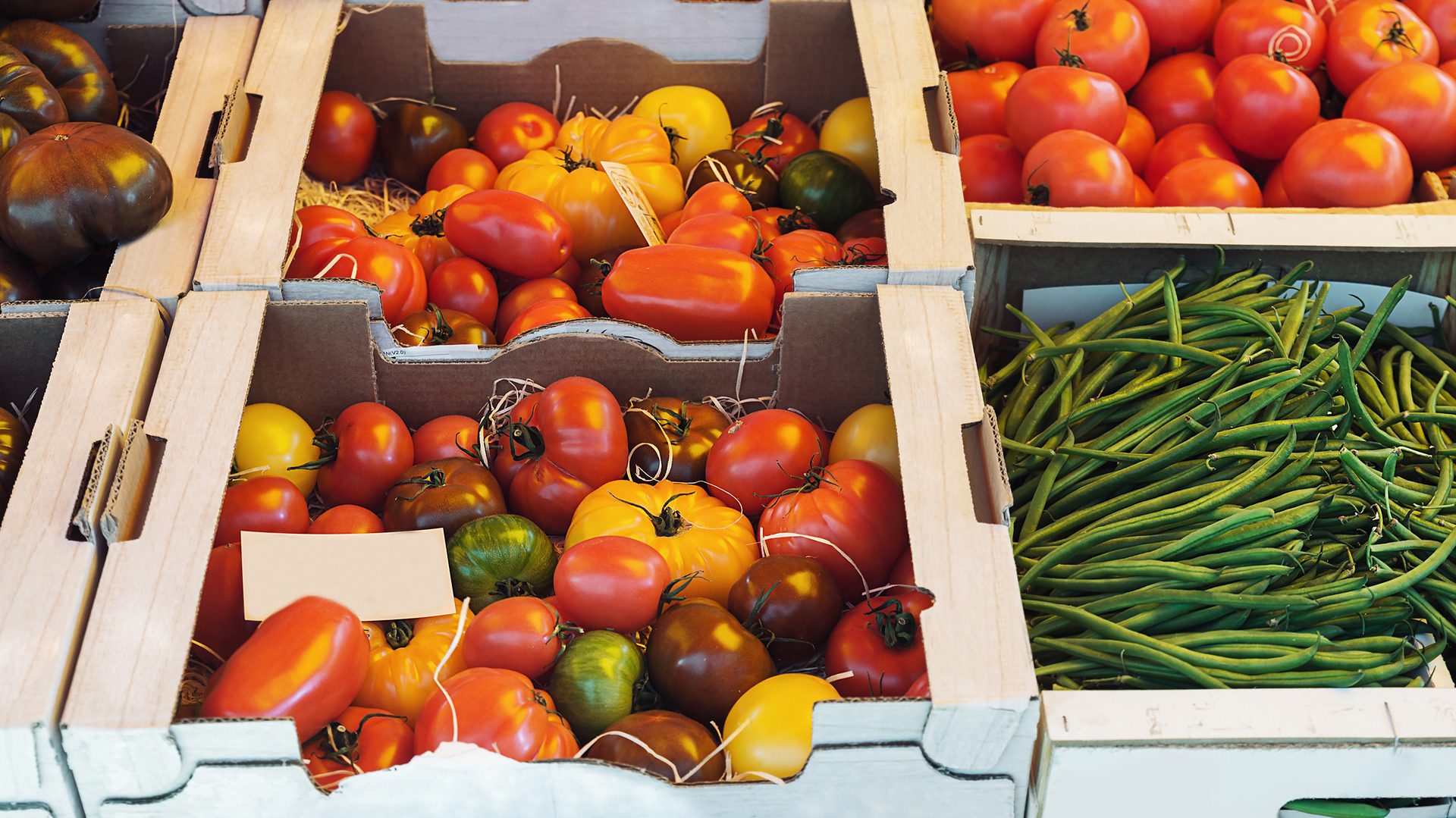Game-Changing Innovations in Films & Coatings


The ubiquitousness and versatility of films and coatings in the packaging industry cannot be denied. In this story, we shine the spotlight on just a few of the companies that are pushing the envelope in this area.
By Brad Addington
The global packaging coatings market size was valued at $4.96 billion in 2024, according to Fortune Business Insights. It is projected to be worth $5.19 billion in 2025 and reach $7.37 billion by 2032, exhibiting a CAGR of 5.13% during the forecast period. Asia Pacific dominated the packaging coatings market with a market share of 31.45% in 2024.
As Fortune Business Insights notes: “Packaging coatings are substances applied to packaging materials such as paper, cardboard, or plastic to improve their functionality and aesthetic appeal. The market is a dynamic sector integral in enhancing the durability, aesthetics, and functionality of various packaging materials across industries such as food and beverage, pharmaceuticals, and consumer goods.”
While this is not news to our audience, it is a nice, concise overview of the role of coatings in packaging.
We have reported on numerous developments in coating in recent months, and in this article we highlight some of the most intriguing innovations.
ADVERTISEMENT
OSY Group’s collaboration with packaging manufacturer SHARPAK aims to extend the shelf life of strawberries, raspberries, blackberries, blueberries and grapes, reducing food waste. OSY Group’s antimicrobial coating enables food to stay fresh longer by leaving microscopic pins on packaging surfaces which puncture and kill microbes, slowing the natural spoiling process that affects the produce from within.
Solenis and HEIDELBERG are advancing a more cost-effective way of integrating barrier coatings for paper packaging directly within the existing flexographic printing process.
Finally, the U.S. Department of Agriculture recently announced research funding for sustainable produce packaging solutions. We couldn’t help but notice that coatings play a central role in many of these solutions.
Read the stories below to learn more about these groundbreaking developments that are transforming films and coatings for the packaging industry.
OSY Group Partners with SHARPAK to Extend Shelf Life of Fresh Produce
Food tech trailblazer OSY Group has agreed to a commercial partnership to apply its technology on to packaging for soft fruits predominantly sold through UK supermarkets.
The collaboration with packaging manufacturer SHARPAK Aylesham aims to extend the shelf life of strawberries, raspberries, blackberries, blueberries and grapes, reducing food waste.
OSY Group’s antimicrobial coating enables food to stay fresh for longer by leaving microscopic pins on packaging surfaces which puncture and kill microbes, slowing the natural spoiling process that affects the produce from within.
READ MORE

OSY Group’s collaboration with packaging manufacturer SHARPAK Aylesham aims to extend the shelf life of strawberries, raspberries, blackberries, blueberries and grapes, reducing food waste.
Credit: Ian Wallman
The partnership with SHARPAK comes after extensive testing of the technology with commercial partners globally, independent laboratories and other facilities, which has proven it to be food safe and compliant with the Food Contact Materials regulations for fresh produce.
SHARPAK, based near Canterbury in Kent, develops, manufactures and distributes the largest portfolio of packaging for fruit and vegetables in the UK.
Marc Braterman, chief executive of OSY Group, said the partnership will see the companies work together to deliver the technology across SHARPAK’s extensive customer base and into more sectors.
He added: “We are extremely excited to announce our commercial partnership with SHARPAK, the key player offering the widest range available of packaging of soft fruits sold by UK supermarkets. Its packaging is also used for a broad cross-section of fresh produce and other food categories, including meat and poultry.
“Our coating technology, which is proven and ready for deployment in a variety of markets, is a huge and beneficial differentiator for food producers, retailers and consumers, as it reduces wastage and helps keep food fresher for longer. For some products, a one-day extension of shelf life can reduce food waste by up to 50 percent.
“SHARPAK is an innovation leader in its market and is committed to enhancing sustainability for its customers. Likewise, we are a driver of innovation in food packaging technology, and we look forward to a successful partnership with SHARPAK while also taking our coating to other produce markets in the UK.”
Martin Taylor, SHARPAK business director, said: “This partnership with OSY Group marks an exciting step forward in packaging innovation. Their antimicrobial coating fits seamlessly with our mission to deliver smarter, more sustainable solutions that meet the real-world needs of our customers.
“Extending the shelf life of soft fruits directly supports waste reduction across the supply chain, a growing priority for the entire sector and the consumer. SHARPAK has consistently led the market in introducing new technologies in fresh produce packaging, and we’re proud to set the benchmark for innovation and performance in the sector.
“This collaboration is a natural next step in continuing to bring meaningful improvements to our customers and the wider industry.”
COLLAPSE ARTICLE
Solenis and HEIDELBERG Partner to Integrate Barrier Coatings for Paper Packaging
Solenis, a leading producer of specialty chemicals, is collaborating with Heidelberger Druckmaschinen AG (HEIDELBERG), an innovative technology company with a leading position in the global printing industry, to advance a more cost-effective way of integrating barrier coatings for paper packaging directly within the existing flexographic printing process.
Barrier coatings are used to repel hot and cold liquids, oils, greases and water vapor in paper packaging.
With this innovation, packaging producers can use the HEIDELBERG portfolio of flexographic machines to print-apply Solenis’ barrier coatings. This expands the possibilities for flat sheet paper and inline web-fed flexo applications with improved product performance and better production efficiency.
Solenis’ specialized print-applied coatings include barrier coatings for board material, flexible packaging and cupstock production, as well as anti-slip technical coatings for industrial, shipping and container applications.
READ MORE

Solenis and HEIDELBERG are advancing a more cost-effective way of integrating barrier coatings for paper packaging directly within the existing flexographic printing process.
Credit: narvikk / iStock via Getty Images Plus
For fresh food and e-commerce corrugated packaging, barrier coatings can be print-applied to avoid the use of traditional polyethylene (PE) lamination and paraffin wax, making the material easier to recycle.
For cupstock production, flood-coating barrier protection on cold and hot cups can take place on current equipment and eliminates the need for PE lamination to improve efficiency. For a registered print approach, Solenis’ patented heat-sealing coating can be applied easily on conventional cup converting lines to reduce materials and lower costs.
The collaboration addresses the growing demand for more sustainable paper packaging solutions that reduce the use of plastics through environmentally friendly alternatives with improved barrier functionality.
“Packaging companies face increasing pressure to optimize processes while meeting ambitious sustainability goals,” said William Kuecker, Senior Director of Strategic Marketing at Solenis. “Our collaboration with HEIDELBERG pushes the boundary of what’s possible for packaging manufacturers. With this combination of cutting-edge printing technology and innovative, high-performance specialty coatings, packaging manufacturers can enhance operational efficiency and product performance while meeting the rising demand for sustainable products and processes.”
“With our Boardmaster web flexo technology, we are expanding our reach into the high-volume flexible paper segment, targeting the food industry with solutions focused on efficiency and sustainability,” said Dr. David Schmedding, Member of the Management Board responsible for Technology and Sales at HEIDELBERG. “This collaboration with Solenis allows us to optimize application processes and technology together to better serve our customers.”
Solenis offers a broad portfolio of barrier coatings, including environmentally friendly PFAS-free oil and grease resistance technology.
For more information about Solenis barrier coatings, click here.
Visit heidelberg.com to learn more about HEIDELBERG and the Boardmaster.
COLLAPSE ARTICLE
USDA Announces Research Funding for Sustainable Produce Packaging Solutions
To accelerate packaging innovation in support of the U.S. fresh produce sector, the U.S. Department of Agriculture’s Foreign Agricultural Service (USDA FAS) has launched the $10 million Sustainable Packaging Innovation Lab (SPIL) as part of the Assisting Specialty Crop Exports (ASCE) Initiative.
“Packaging plays an important role in the transportation and export of fresh fruits and vegetables and other specialty crops, ensuring food safety and quality from the farm to the consumer’s table and supporting production traceability,” USDA says. “Export income is vital for many U.S. farmers and rural communities, but American growers need access to new solutions and innovations in packaging which are feasible for adoption in fresh produce. This program advances research toward promising solutions to address this pressing need for U.S. farmers.”
READ MORE

The U.S. Department of Agriculture recently announced research funding for sustainable produce packaging solutions, including solutions involving coatings.
Credit: Martina Rigoli / iStock via Getty Images Plus
Through a competitive application process, USDA FAS selected Clemson University and the Foundation for Fresh Produce of the International Fresh Produce Association to lead this program in partnership with the Foundation for Food and Agriculture Research (FFAR) to administer it. The program funds research projects for innovative packaging solutions to support U.S. fresh produce exporters, including the development, testing, piloting, and commercialization of new packaging materials and technologies.
The first tranche of research support has been provided to 21 entities developing innovative new materials and approaches that will benefit American agriculture exporters. The selected entities represent a variety of packaging solutions and technologies which are relevant to many commodities. Here are the solutions and technologies involving coatings:
- Akorn Technology, Inc.: Advancing a validated, edible thin-film coating for cucumbers and bell peppers through commercial scale pilots with industry partners.
- Clemson University: Development and testing of cross-linked starch-based barrier coating material for paper packaging of almonds; and a project on compostable price-look-up stickers and labels from plant-derived plastics for products such as apples, pears, peppers, cucumbers, and melons.
- Nat4Bio: Finalize formulation and packaging trials of biopolymer coating for produce for citrus, with applicability for apples, and pears, and blueberries.
- University of Missouri: Development of novel translational sprayable coating materials for antimicrobial food packaging, focused on cherry tomato exports.
- Vireo Advisors: Advancing commercialization of a cellulose-based food coating by establishing a food-grade production process and achieving regulatory approval for produce applications, including cherries and blueberries.
Additional funding for packaging research and commercialization projects which respond to the needs of American produce exporters will be available here.
